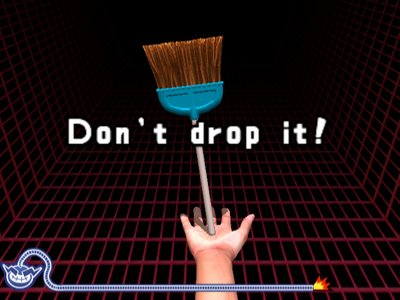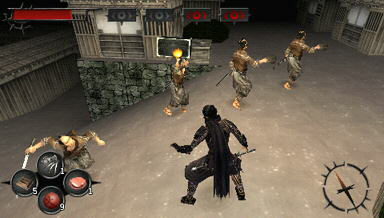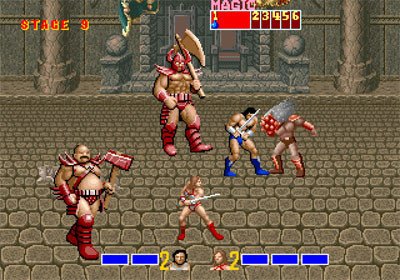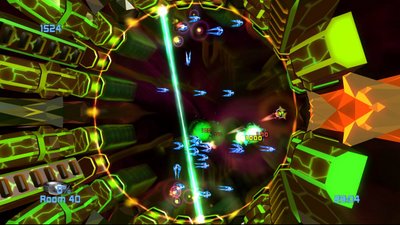
Wario Ware: Smooth Moves
Format: Wii
Waving a stick has never been such fun.
With the Wii’s successful launch out of the way and a Christmas of family’s sweating over Wii Sports, Nintendo’s latest puts the controller through some ingenious and strange paces.
Continuing the madcap series that has graced many a console, Smooth Moves takes Wario Ware’s trademark gameplay and gives it a full-on motion sensing twist.
Made up of hundreds of microgames lasting mere seconds, Wario Ware bombards you with surreal game after game. Blink and you’ll miss it and be laughing into the next one as you try to pick a nose, answer the phone, scrub a cow’s behind and insert Granny’s teeth into her mouth.
Requiring you to assume various positions to hold the controller (such as the ‘big cheese’ and the ‘elephant’), Smooth Moves relies on the players willingness to look like a fool and ensure the game is played in the correct and ridiculous way.
While single player is a blast to play and possibly funnier to watch, it’s surprisingly let down in multiplayer. After the Gamecube’s competitive and chaotic four player face off, Smooth Moves’ turn based structure actually tones down the fun. The selection of modes on offer is a little uninspired too but the turn based structure ensures that more people can join in and the more the merrier.
It’s a shame they couldn’t offer both options but with Wario Ware’s crazed gameplay i’m sure that four people playing with four controllers at the same time would end up in the local A&E ward.
9/10





